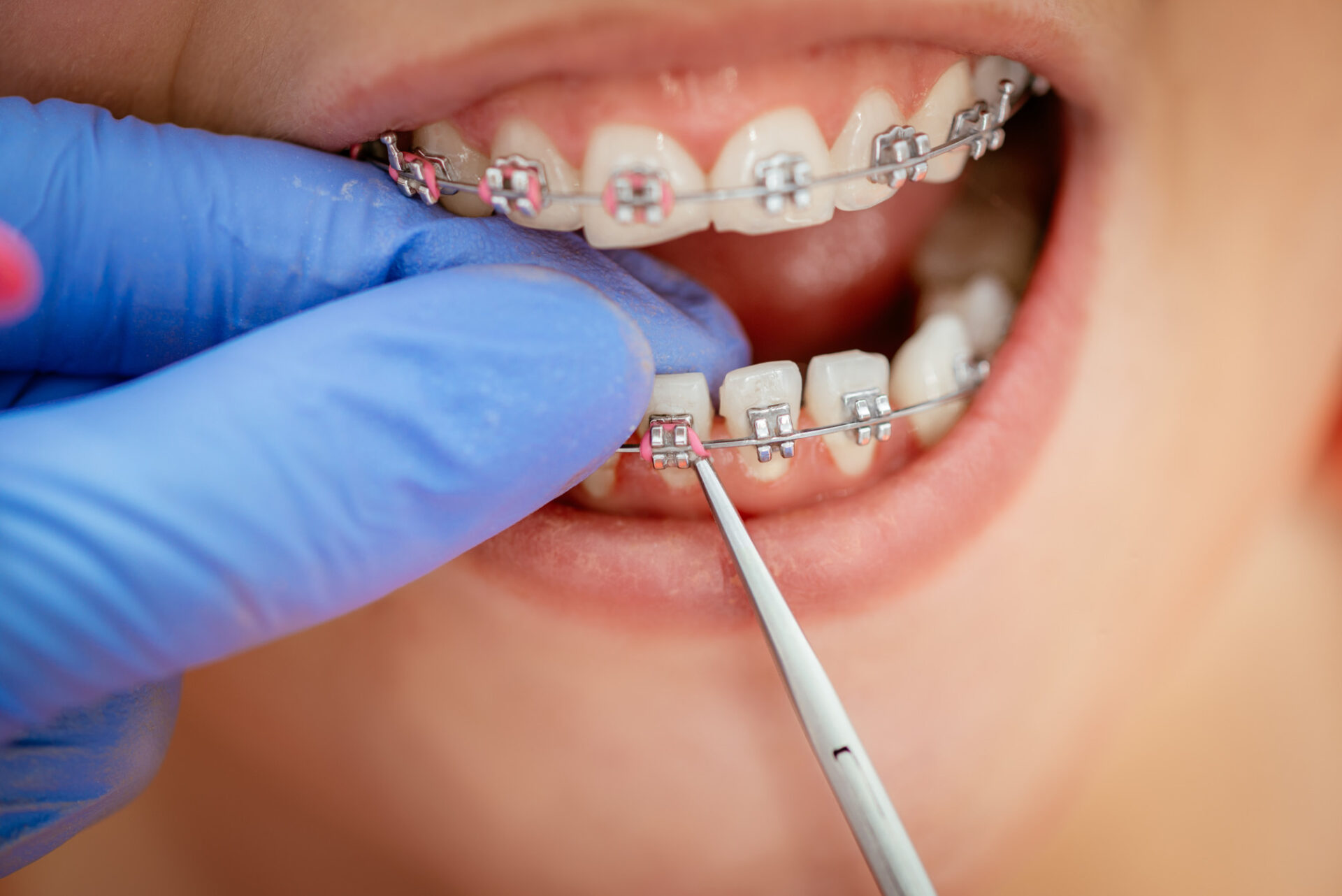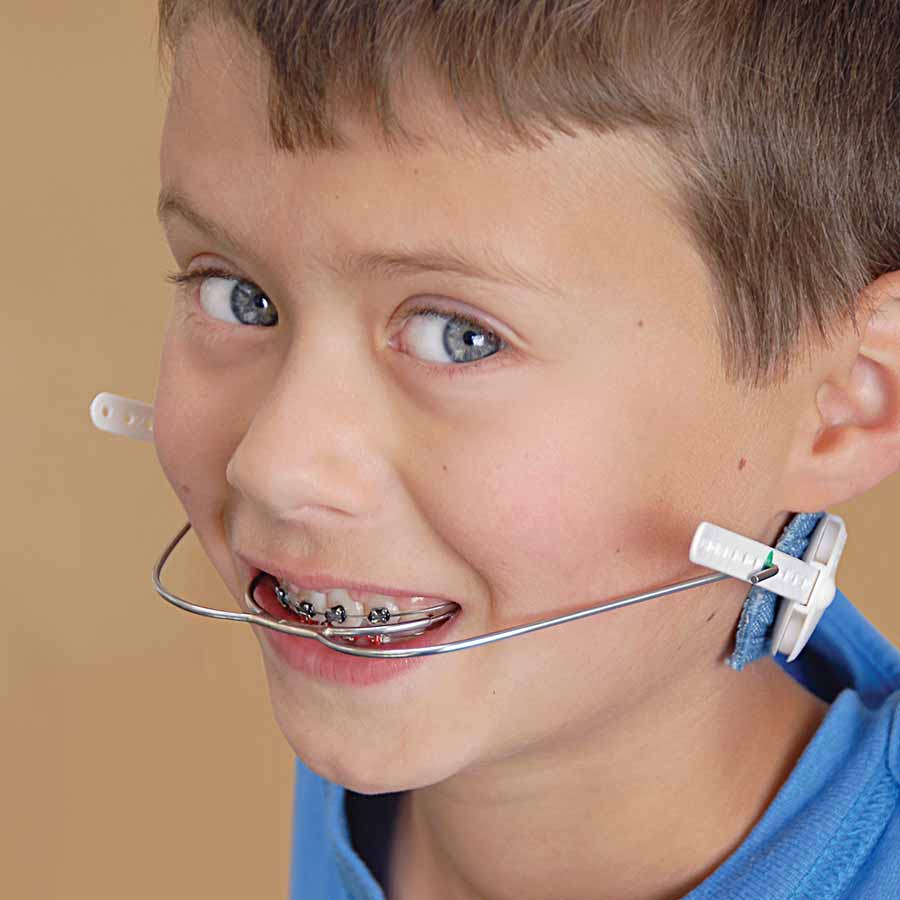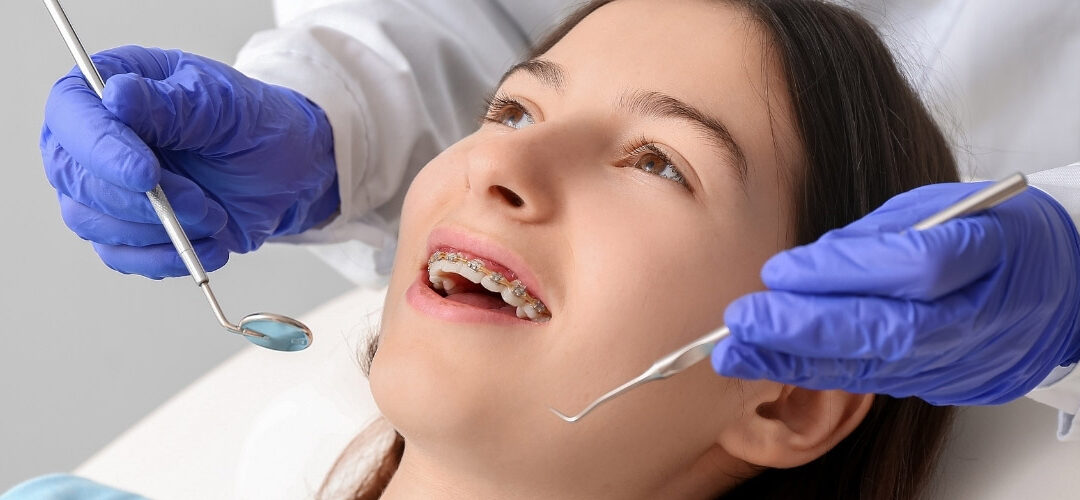Comprehensive Overview to Orthodontics Treatments for Correcting Dental Imbalances
Comprehending the complexities of each treatment, including their systems, advantages, and possible drawbacks, is critical in making notified decisions about one's orthodontic therapy. As we browse with the comprehensive overview to orthodontic procedures for correcting dental misalignments, the complex information of each approach will certainly unravel, dropping light on the course towards a practical and unified dental placement.
Orthodontic Procedures Introduction

Along with clear aligners and conventional dental braces, orthodontists may likewise recommend other interventions like headgear, palatal expanders, or retainers to address specific positioning problems (orthodontics). These procedures are tailored to each individual's special needs and may include a mix of treatments to achieve the wanted outcomes. Routine modifications and surveillance are essential parts of orthodontic therapy to guarantee progression is on track and to make any type of essential modifications along the way. By undergoing orthodontic treatments, people can not only attain a straighter grin however additionally enhance their overall dental health and feature.
Conventional Braces: How They Work
When thinking about orthodontic treatments for dental misalignments, typical braces stand out as a reliable approach for fixing teeth positioning. Standard dental braces are composed of braces, cables, and bands that function together to use continual pressure on the teeth, progressively moving them right into the wanted placement.
One key element of exactly how traditional dental braces work is the procedure of bone improvement. As pressure is related to the teeth with the dental braces, the bone surrounding the teeth is improved to sustain the new tooth settings. This remodeling is vital for the long-lasting stability of the corrected positioning. Patients will certainly need routine modifications at the orthodontist's office to make certain the dental braces remain to apply the correct stress for efficient teeth activity.
Unnoticeable Aligners: Cons and pros
Invisible aligners provide a discreet and convenient alternative to typical dental braces for dealing with oral imbalances. These clear, custom-made trays are essentially unseen when used, making them an enticing option for people looking for a more aesthetically pleasing orthodontic therapy. One of the primary advantages of unnoticeable aligners is their removability, enabling less complicated maintenance of oral health contrasted to traditional dental braces. Patients can get rid of the aligners before consuming or brushing their teeth, decreasing the danger of food getting embeded the appliance and simplifying the cleaning process.

Surgical Orthodontic Options
Surgical treatments in orthodontics present practical alternatives for addressing complex dental misalignments that might not be properly dealt with with traditional orthodontic treatments. While conventional braces and unnoticeable aligners can remedy lots of orthodontic problems, specific situations need surgical intervention to achieve optimal outcomes. Surgical orthodontic alternatives are commonly advised for serious malocclusions, considerable jaw discrepancies, and cases where the underlying bone More Help framework requires alteration to accomplish i was reading this appropriate alignment.
One usual medical orthodontic procedure is orthognathic surgical treatment, which involves rearranging the jaws to fix functional problems such as trouble chewing or talking. This surgical procedure is commonly done in cooperation with an orthodontist who helps straighten the teeth prior to and after the procedure. Surgical orthodontics might also entail treatments to reveal influenced teeth, eliminate excess periodontal cells, or improve the jawbone to create a much more harmonious face profile.
Prior to thinking about medical orthodontic alternatives, individuals undergo a detailed examination to establish the requirement and prospective benefits of such interventions. cumming orthodontist. While surgical treatment may appear difficult, it can substantially enhance both the feature and visual appeals of the smile in instances where traditional orthodontic therapies drop short
Retainers and Post-Treatment Care

Failure to comply with post-treatment care directions can result in relapse, where the teeth slowly move back towards their original positions. Consistent retainer wear, excellent dental health, and normal oral examinations are necessary for preserving the results accomplished through orthodontic surgery and ensuring the long-term stability of the dealt with oral positioning.
Final Thought
In final thought, orthodontic procedures offer numerous alternatives for correcting oral imbalances. Conventional braces make use of steel brackets and wires to shift teeth right into correct positioning. Unnoticeable aligners provide a more very discreet option however may not be center for cosmetic dentistry appropriate for all situations. Surgical orthodontic options are readily available for a lot more severe imbalances. Retainers are frequently utilized post-treatment to maintain the brand-new alignment. Overall, orthodontic treatments can efficiently boost dental health and visual appearance.
As we navigate via the extensive guide to orthodontic procedures for dealing with dental misalignments, the detailed details of each technique will certainly unfold, losing light on the path toward a unified and functional oral placement. - cumming orthodontics
One of the most common orthodontic treatments is the usage of dental braces, which consist of metal braces and cords that apply mild stress to gradually move teeth right into the desired setting.When taking into consideration orthodontic treatments for dental imbalances, conventional dental braces stand out as a reliable method for fixing teeth placing. In addition, invisible aligners may not be appropriate for complex orthodontic problems that call for even more substantial teeth activity, as they are generally suggested for moderate to modest situations. Retainers are customized orthodontic gadgets created to hold teeth in their dealt with positions after the completion of orthodontic treatment.